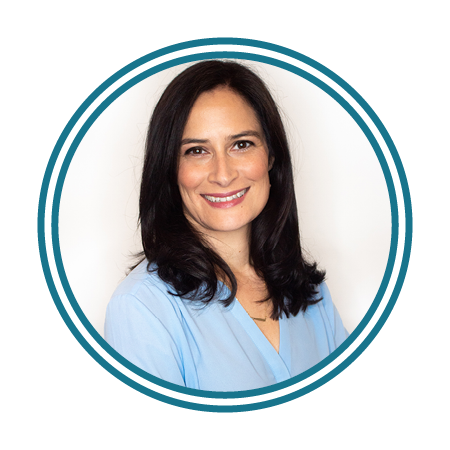While Congress continues to negotiate a third stimulus package that includes relief for major industries such as airlines, small businesses that have seen revenues dwindle or disappear, and workers facing layoffs and loss of health coverage, small businesses that need cash to offset lost revenues and keep their business afloat can access relief funding now through the U.S. Small Business Administration Economic Injury Disaster Loan (EIDL) program.
The SBA is offering low-interest federal disaster loans for working capital to small businesses and nonprofits suffering substantial economic injury as a result of the Coronavirus (COVID-19). Authority to make an Economic Injury Disaster Loan (EIDL) declaration was granted to the SBA by the March 6th Coronavirus Preparedness and Response Supplemental Appropriations Act.
Eligible Applicants
Small business owners and most private, nonprofit organizations in all U.S. states and territories are currently eligible to apply for a low-interest loan due to COVID-19. SBA’s EIDL program offers small businesses and non-profits up to $2 million in assistance to help overcome the temporary loss of revenue. To access these funds, applicants must demonstrate their business suffered substantial economic injury as a result of the disaster (in this case COVID-19). Substantial economic injury means the business is unable to meet its obligations and to pay its ordinary and necessary operating expenses. Loans may be used to pay fixed debts, payroll, accounts payable, and other bills that can’t be paid as a result of the disaster. The loan amount is based on the applicant’s actual economic injury and financial needs.
In addition to demonstrating substantial economic injury, applicants must meet the program’s established credit requirements:
- Credit history—have a credit history acceptable to SBA
- Repayment—Applicants must show the ability to repay the loan
- Collateral—Collateral is required for all EIDL loans over $25,000. Real estate is an acceptable form of collateral when available. Loans will not be denied for lack of collateral, but the SBA will require the borrower to pledge collateral that is available.
Loan Terms
The interest rate is determined by formulas set by law and is fixed for the life of the loan. Current interest rates on EIDL loans are 3.75% for small businesses and 2.75% for nonprofits. EIDL loans are authorized loan terms up to a maximum 30-year period in order to keep payments affordable. Loan periods are determined by the SBA on a case-by-case basis, based upon the borrower’s ability to repay.
Application Process
To streamline the loan application process, small businesses and nonprofits are encouraged to initiate an application online. The application requires completion of Business Loan Applications and IRS Forms as well as copies of the most recent federal income tax return, personal financial statements, and a schedule of all liabilities (debts). A loan officer determines the applicant’s eligibility during processing and works with each business or nonprofit to provide all the necessary information needed to reach a loan determination.
The application requires that the business owner or nonprofit board estimate the amount of the loss. Due to the nature of this disaster and the uncertainty that exists regarding the timelines and impacts of social distancing, quarantines, and shelters-in-place it may be difficult for business owners and non-profits to fully assess the extent of the potential loss. The SBA understands this challenge and in its SBA Disaster Guide instructs applicants who cannot make an estimate to put a question mark in the corresponding box. The Guide goes on to say that “the amount of the loan request is something that can be discussed with an SBA representative and is based on eligibility, once more facts are learned.” This guidance suggests that small business owners and non-profits should not take the approach of wait and see. Rather they should begin this process now and be prepared to work closely with the SBA loan officers.
While the SBA indicates its goal is to arrive at a decision on applications within two to three weeks; the extent of the COVID-19 disaster may be creating unprecedented volume for the agency. Their website notes that they are experiencing higher than usual traffic on their application site and recommends applicants attempt to access the application system during non-peak hours (7:00 pm – 7:00 am EDT) to avoid site response delays.
Staying Up to Date
There will be news in the coming days of new and extended funding opportunities for large and small businesses and individual taxpayers as Congress and states continue to pass relief bills aimed at abating some of the significant losses facing the nation. Some states and municipalities have programs to assist small businesses and more are being added by the day. Check your governor’s website for up-to-date information about relief available in your area. Many banks have offered deferment and forbearance to business loan customers having trouble making payments. You should also consider reaching out to your member of Congress’ district office constituent services staff for help navigating your options.
While you may be feeling inundated with the constant updates and recommendations on how to manage your business, family, and personal health and well-being during this time of crisis, it is important that you stay attuned to the programs that can provide support for your business.


